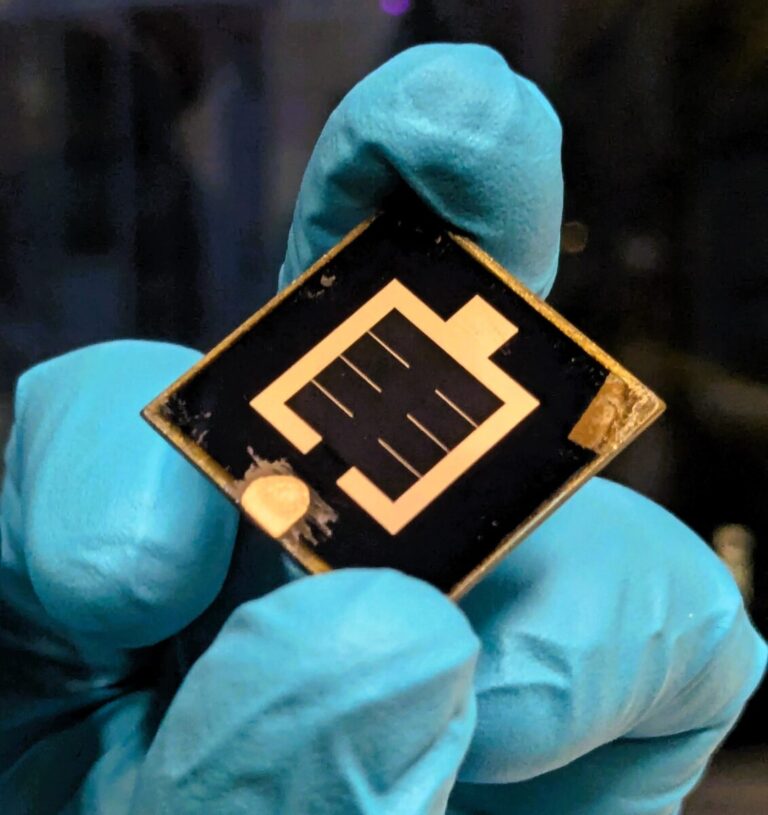Scientists from the German research institute HZB have achieved efficiency of 24.6% with a perovskiet-cigs tandem solar cell.
The German Fraunhofer ISE has certified the result that the efficiency of 24.16% improves that the researchers achieved in August 2020 for the same type of cell.
“By improving the contact layers between the upper and soil cells, they were able to increase efficiency to 24.6%,” HZB said in a statement and noted that the result is a world record for Tandem Perovskite-Sigren devices.
HZB said that Thede Mehlhop, a student of Berlin University (TUB), the top cell built under the supervision of Dr. Stefan Gall, a professor in photovoltaic tub. The institute added that the Joint HZB-Humboldt University Lab produced the Perovskiet-Absorber layer.
“The sub-cell and contact layers of CIGS were manufactured by HZB researcher Guillermo Farias Basulto,” said HZB. “He also used the High-Performance cluster system Koala, which makes the deposition of perovskites and contact layers in vacuum at HZB possible.”
The scientists built the cell with a contact layer, an intermediate layer of aluminum-doped zinc oxide, an ultra-thin perovskiet layer, an indium-mentified zinc oxide layer and an anti-reflecting coating. They have not provided any further technical details.
“We are convinced that Cigs-Perovskite can achieve tandem cells much higher efficiency, probably more than 30%,” said HZB researcher Rutger Schlatmann.
This content is protected by copyright and may not be reused. If you want to work with us and reuse part of our content, please contact: editors@pv-magazine.com.
Popular content



